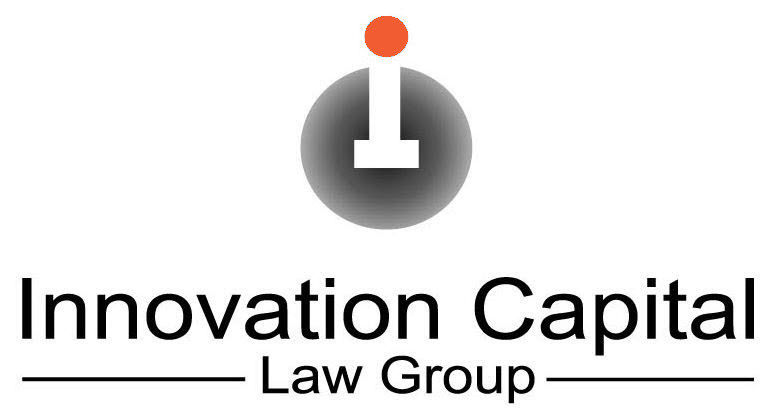What is a Trademark Allowance Rate?
With so many options for trademark filing services, how do you compare one trademark service to another? I have come up with a way to measure a trademark attorney’s track record by calculating the trademark allowance rate. This metric provides a better gauge of the efficacy of a trademark attorney.
The trademark allowance rate is the percentage of allowed trademarks in view of all trademark filings filed by an attorney. You can also think of it as a trademark approval rate. So how do we calculate this trademark approval rating? Read on to see my formula below.
Want to register your trademark with a higher probability of success? Call patent and trademark attorney Vic Lin at (949) 223-9623 or email vlin@icaplaw.com to explore having us file your next trademark application.
Why Vic’s Trademark Application Approval Rate is 83%
Here is how we calculate an attorney’s trademark application approval rate. Initially, we add all the registrations and pending applications approved for publication. I have secured over 500 US trademark registrations and counting. In addition, I have successfully obtained the approval of over 200 trademark applications that have not registered as of the date of this post. The numerator thus comprises the sum of trademark registrations and approved applications that have not registered.
This numerator is then divided by a denominator that consists of all my trademark applications that have reached a final disposition. So the denominator is determined by all filed trademark applications minus those applications still waiting for a final disposition.
So here is my formula for determining the trademark allowance rate for an attorney: [(number of registrations) + (number of approved applications that have not registered)] / total number of trademark filings that reached final disposition.
As a result, my trademark allowance rate as of the date of this post is approximately 83%. So nearly 7 out of 8 trademark applications filed by me have been approved or registered.
How many trademark registrations have I obtained for our clients?
As of the most recent update to this post, I have obtained 536 US trademark registrations and counting.
To find registered trademarks I’ve handled, enter the following query in TESS at the USPTO: (vic and lin)[at] and `RN > “0”. To search for another attorney, replace “(vic and lin)” with the appropriate first and last names of the practitioner. If you end up with results from multiple attorneys, you may need to use quotes for the name instead of the “and” operator.
How does my trademark approval percentage compare to the average?
According to trademark data by the USPTO, current statistics do not show the overall success rate of trademark filings. However, the USPTO does reveal the percentage of trademark applications that get approved without any Office Actions.
Currently, the percentages of trademark applications that get approved without rejections or any other issues comprise:
- 44.9% for TEAS Plus applications;
- 14.6% for TEAS Standard applications;
- 2.4% for Madrid applications; and
- 22% for paper applications.
Of course, the overall approval rating would undoubtedly be higher since some rejections can and will be overcome. At some point, it would help if the USPTO would publish data that show the overall success rate of trademark applications. For now, we’ll have to compare apples to oranges.
Are we willing to refund our attorney’s fees for your trademark application?
We offer an unprecedented Attorney Fee Guarantee trademark program where we will refund our attorney’s fees if your trademark application is rejected for being too similar to another mark. With an 83% allowance rate, we have confidence to pursue a success-based attorney fee. Our compensation is tied to the client’s success.
Winning Formula for Trademark Registration: How can you increase your trademark probability of success?
Start by avoiding the two biggest obstacles to trademark registration. First, avoid descriptive marks. Second, choose marks that are not confusable with prior registrations and applications that cover similar or related goods or services. A trademark knockout search can help you navigate around potential similar marks.
If and when your trademark application is rejected based on mere descriptiveness or likelihood of confusion, then your response must include convincing arguments that are not merely legal arguments. You want to find examples of other marks that were registered in spite of having similar issues.
I believe the most effective way to get your trademark application allowed is to choose the right mark at the outset. This upfront strategy can save a substantial amount of time and money by reducing the risk of rejections. Nowadays, there is an abundance of cheap online trademark filing services, but do those services provide guidance that will save you time and money in the long run?
Need to hire an IP attorney with a high trademark allowance rate?
If experience matters to you, contact patent and trademark attorney Vic Lin at vlin@icaplaw.com or call (949) 223-9623 to see how we might help you execute a more effective strategy for registering your trademarks.


